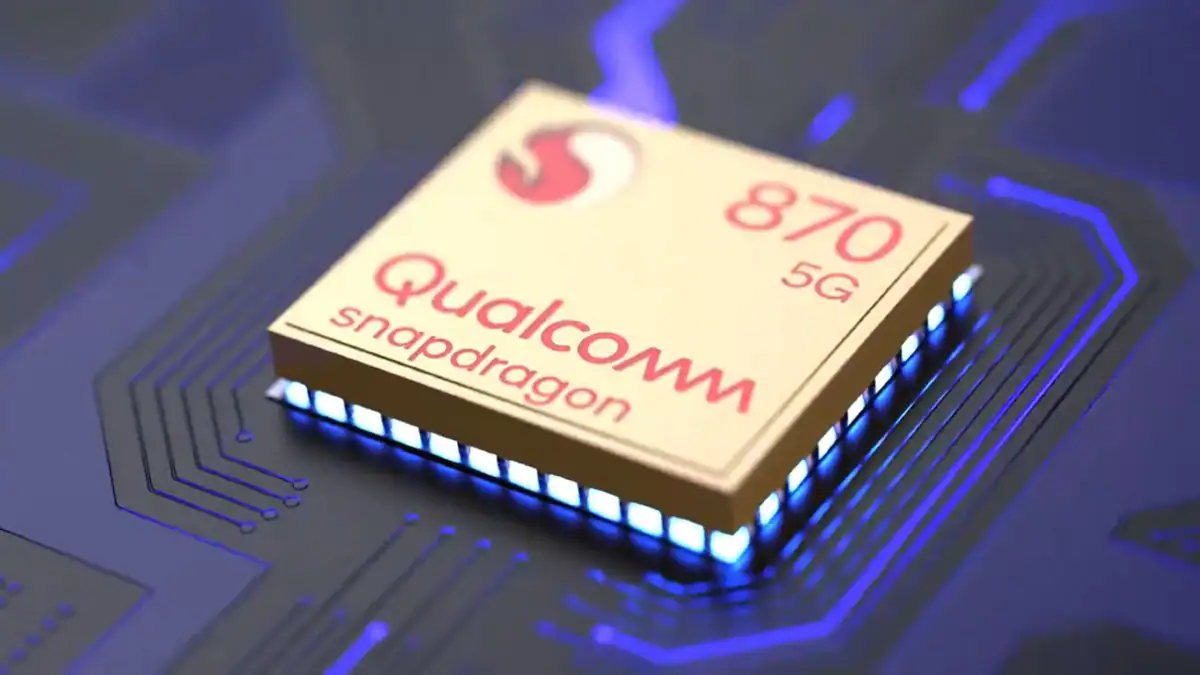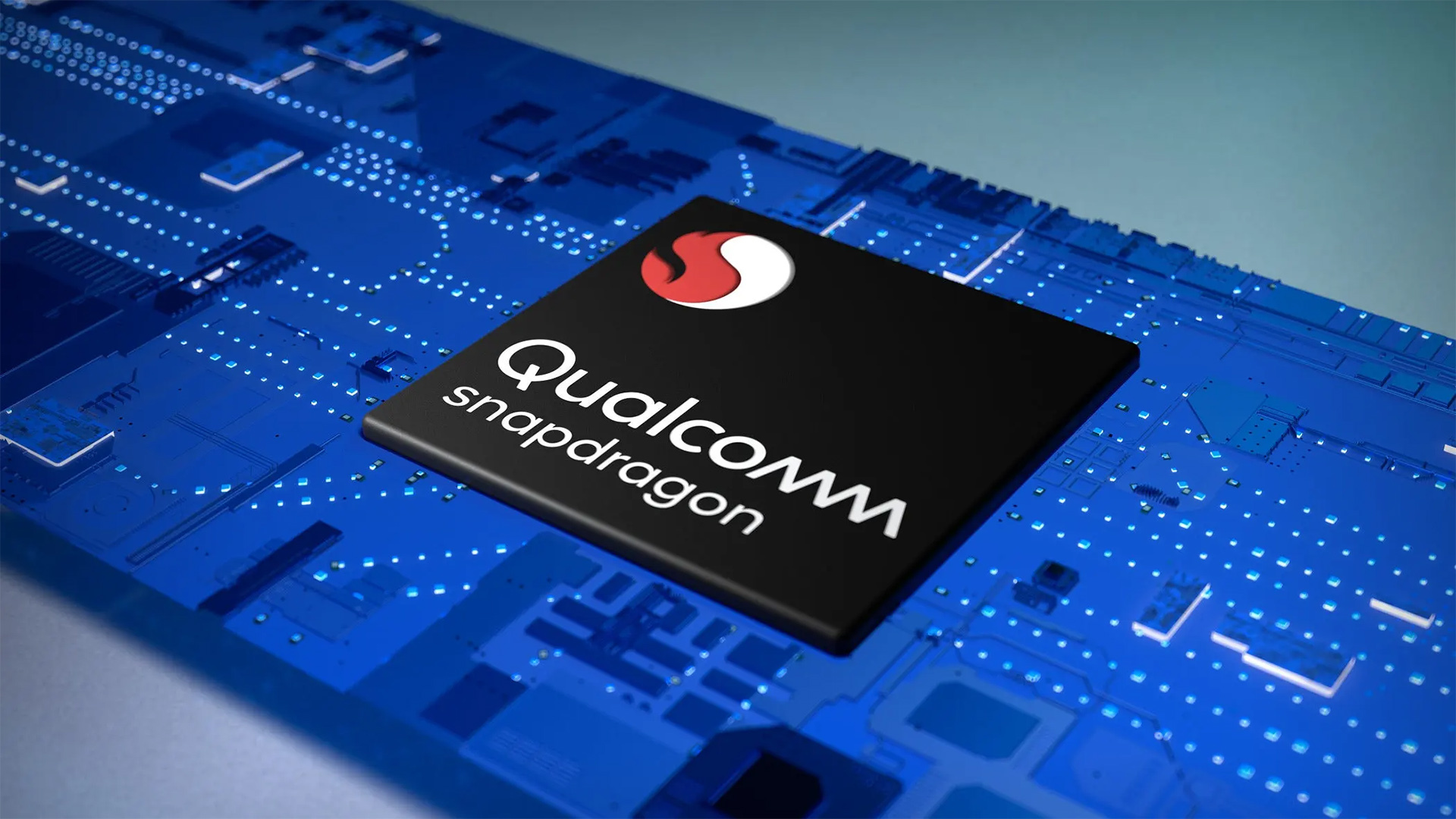- Explore
- Blog
- Snapdragon X Plus vs X Elite Performance Comparison
Snapdragon X Plus vs X Elite Performance Comparison
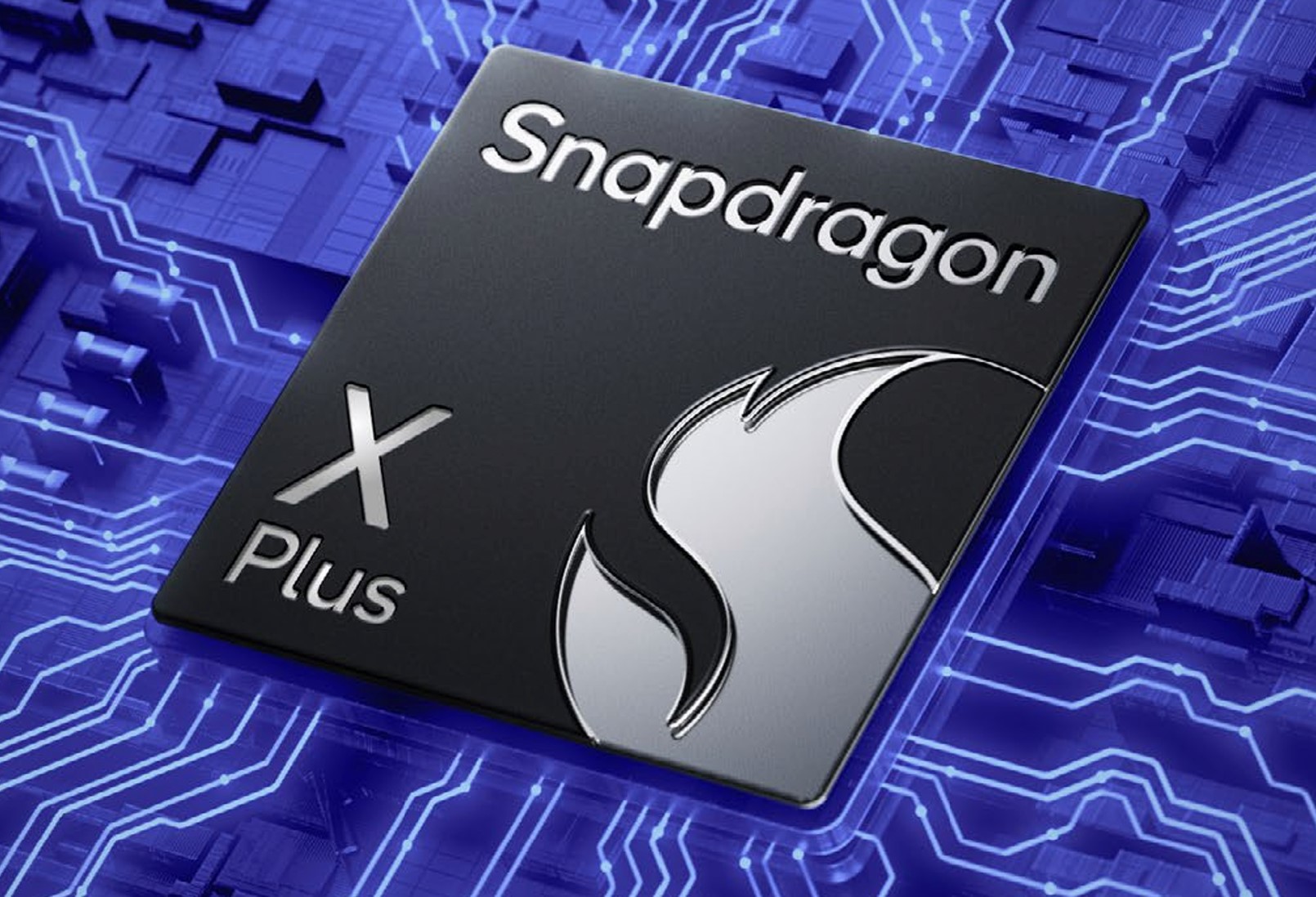
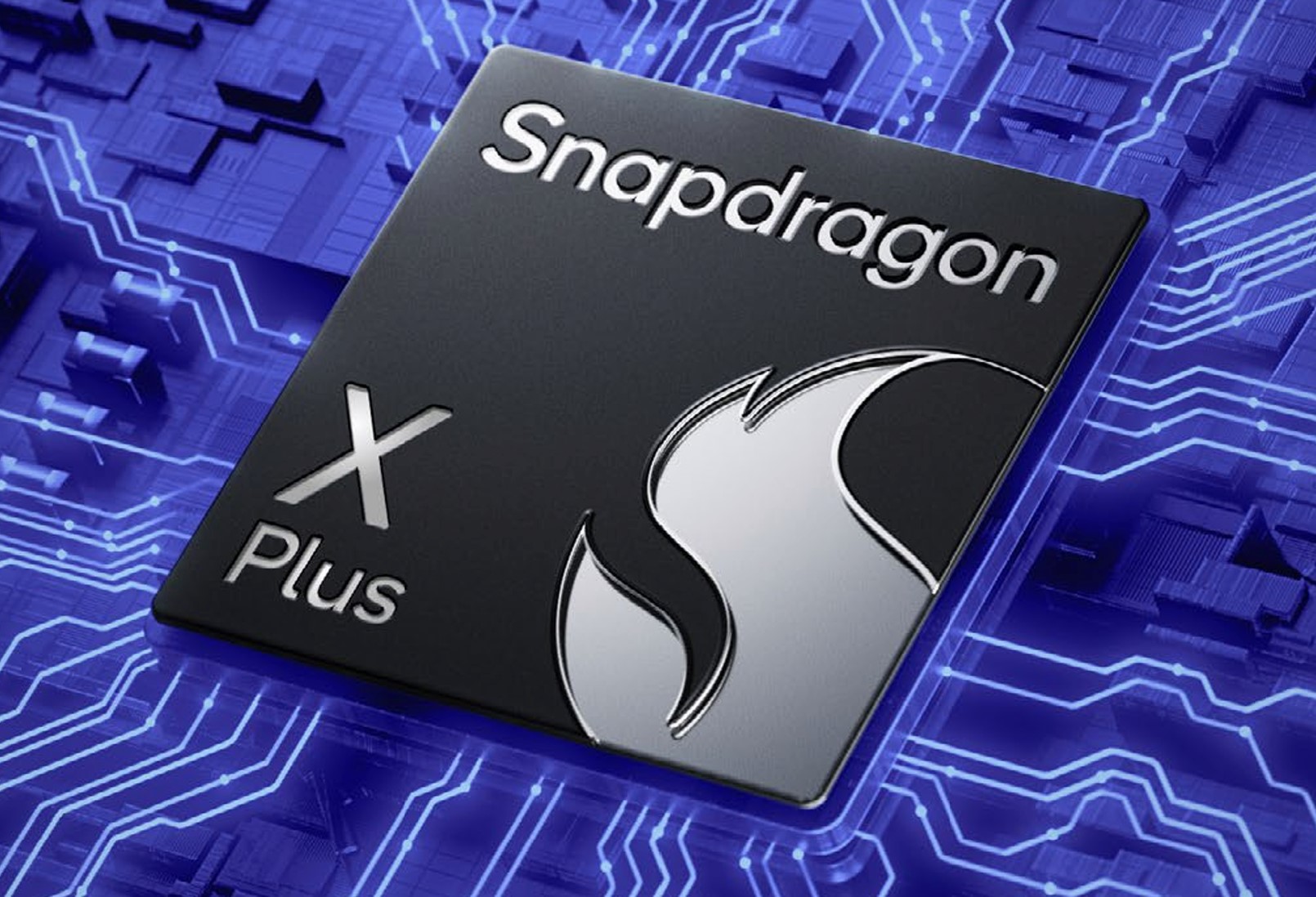
When you explore the world of processors, Snapdragon X Plus and Snapdragon X Elite stand out as powerful contenders. Both processors, built on the Oryon CPU architecture, offer impressive capabilities. The Snapdragon X Plus features a 10-core CPU, while the X Elite boasts 12 cores, providing enhanced multitasking. Understanding the differences in performance between these two can help you make informed decisions. Comparing the Snapdragon X Plus vs Elite reveals insights into their processing power, graphics performance, and AI capabilities, crucial for tech enthusiasts and professionals alike.
Processing Power of Snapdragon X Series
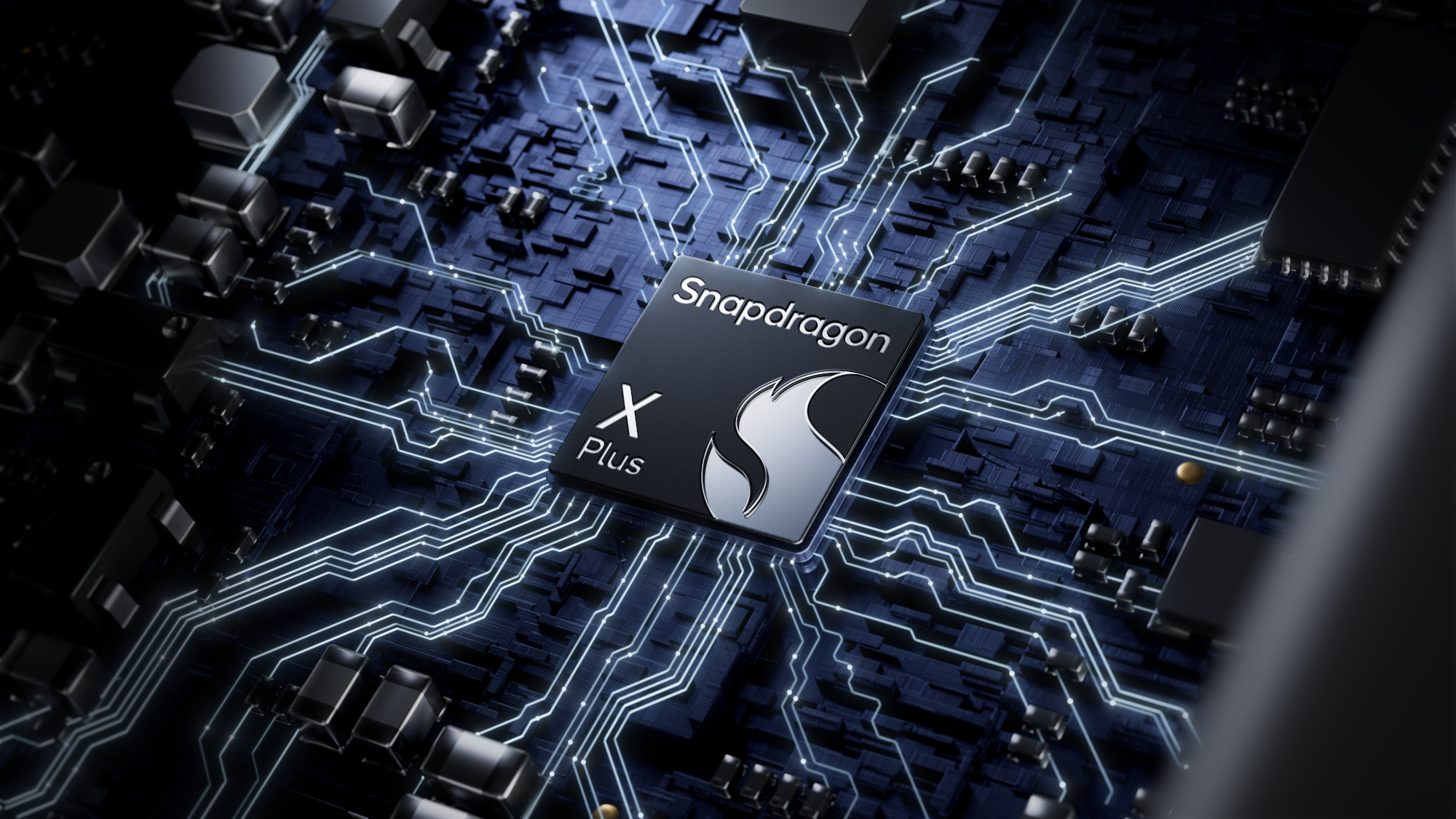
Understanding the processing power of the Snapdragon X Series is crucial for anyone interested in high-performance devices. This section delves into the CPU architecture and performance benchmarks of the Snapdragon X Elite and Snapdragon X Plus.
CPU Architecture in Snapdragon X Elite
Core Configuration
The Snapdragon X Elite stands out with its impressive CPU architecture. It features 12 CPU cores, which enhances its ability to handle multiple tasks simultaneously. In contrast, the Snapdragon X Plus comes with 10 CPU cores. This difference in core count allows the Elite to manage more processes at once, making it a preferred choice for users who demand high multitasking capabilities.
Clock Speed
Clock speed plays a significant role in determining a processor's performance. The Snapdragon X Elite can reach a clock speed of up to 3.8 GHz, providing a noticeable boost in performance over the Snapdragon X Plus, which maxes out at 3.4 GHz. This higher clock speed in the Elite ensures faster processing times, which is beneficial for applications requiring quick data processing.
Performance Benchmarks in Snapdragon X Plus vs Elite
Single-Core Performance
When it comes to single-core performance, the Snapdragon X Elite slightly edges out the Snapdragon X Plus. The Elite scores 2462, while the Plus scores 2408. This marginal difference indicates that both processors perform well in tasks that rely on a single core, but the Elite offers a slight advantage.
Multi-Core Performance
In multi-core performance, the Snapdragon X Elite shows a significant improvement over the Snapdragon X Plus. The Elite demonstrates a ~45% enhancement in handling multi-core tasks. This improvement is largely due to its additional CPU cores and higher clock speed. Users who require robust multi-threaded performance will find the Elite to be a superior choice.
The Snapdragon X Elite and Snapdragon X Plus both offer impressive capabilities, but the Elite stands out in terms of core configuration and clock speed. These factors contribute to its superior performance in both single-core and multi-core tasks, making it a top contender in the Elite tier of Qualcomm processors.
GPU Performance in Snapdragon X Series

Understanding the GPU performance of the Snapdragon X Series is essential for anyone interested in graphics-intensive tasks. This section explores the graphics architecture and benchmark scores of the Snapdragon X Elite and Snapdragon X Plus.
Graphics Architecture in Snapdragon X Elite
Shader Units
The Snapdragon X Elite features a robust Adreno GPU architecture. It includes advanced shader units that enhance rendering capabilities. These shader units allow you to experience smoother graphics and more detailed visuals. The Snapdragon X Plus, while also equipped with an Adreno GPU, offers fewer shader units compared to the Elite. This difference impacts the overall GPU performance, especially in demanding applications.
Clock Speed
Clock speed significantly influences GPU performance. The Snapdragon X Elite boasts a higher clock speed, reaching up to 1.5 GHz. This speed provides a noticeable boost in graphics processing, ensuring faster rendering and smoother gameplay. In comparison, the Snapdragon X Plus operates at a slightly lower clock speed of 1.3 GHz. This difference means the Elite can handle more complex graphics tasks with ease.
Benchmark Scores in Snapdragon X Plus vs Elite
Gaming Performance
In gaming scenarios, the Snapdragon X Elite excels with its superior Adreno GPU. It delivers a significant boost in frame rates and visual quality. You will notice smoother gameplay and more immersive experiences. The Snapdragon X Plus also performs well but falls short of the Elite's capabilities. The Elite provides a more consistent and high-quality gaming experience.
In gaming scenarios, the Snapdragon X Elite excels with its superior Adreno GPU. It delivers a significant boost in frame rates and visual quality. You will notice smoother gameplay and more immersive experiences. The Snapdragon X Plus also performs well but falls short of the Elite's capabilities. The Elite provides a more consistent and high-quality gaming experience.
Rendering Performance
Rendering performance is another area where the Snapdragon X Elite shines. Its advanced Adreno GPU architecture and higher clock speed offer a substantial boost in rendering tasks. You will find faster rendering times and improved visual fidelity. The Snapdragon X Plus, while competent, cannot match the Elite's rendering prowess. The Elite stands out as the preferred choice for professionals and enthusiasts who demand top-tier GPU performance.
The Snapdragon X Elite and Snapdragon X Plus both offer impressive GPU performance, but the Elite takes the lead with its advanced architecture and higher clock speed. These factors contribute to its superior performance in gaming and rendering tasks, making it a top choice for those seeking the best in graphics capabilities.
AI Capabilities in Snapdragon X Series
Understanding the AI capabilities of the Snapdragon X Series is crucial for those interested in cutting-edge technology. This section explores the AI processing units and benchmark scores of the Snapdragon X Elite and Snapdragon X Plus.
AI Processing Units in Snapdragon X Elite
Core Architecture
The Snapdragon X Elite processor stands out with its advanced AI processing units. These units are designed to handle complex AI tasks efficiently. The Snapdragon X Elite lineup features a Neural Processing Unit (NPU) that delivers impressive performance. This NPU can perform up to 45 trillion operations per second (TOPS), making it a powerful tool for AI applications. The Snapdragon X Plus, while also equipped with an NPU, matches this performance, ensuring both processors offer robust AI capabilities.
Performance Metrics
Performance metrics highlight the Snapdragon X Elite's superiority in AI tasks. The Snapdragon X Elite series excels in AI acceleration, providing faster processing times for AI-driven applications. This efficiency is crucial for tasks like real-time data analysis and machine learning. The Snapdragon X Plus also offers excellent performance, but the Snapdragon X Elite lineup takes the lead with its enhanced AI processing power.
AI Benchmark Scores in Snapdragon X Plus vs Elite
Image Recognition
In image recognition tasks, the Snapdragon X Elite processor demonstrates remarkable capabilities. It processes images quickly and accurately, making it ideal for applications that require high-speed image analysis. The Snapdragon X Plus also performs well in this area, but the Snapdragon X Elite's advanced architecture gives it an edge. This advantage is evident in the benchmarks Snapdragon X Elite achieves, showcasing its ability to handle complex image recognition tasks with ease.
Natural Language Processing
Natural language processing (NLP) is another area where the Snapdragon X Elite excels. Its powerful NPU enables efficient handling of NLP tasks, such as voice recognition and language translation. The Snapdragon X Plus offers similar capabilities, but the Snapdragon X Elite processor provides a more seamless experience. This performance is crucial for applications that rely on real-time language processing, ensuring smooth and accurate results.
The Snapdragon X Elite and Snapdragon X Plus both offer impressive AI capabilities, but the Snapdragon X Elite lineup stands out with its superior architecture and performance metrics. These factors make it a top choice for those seeking the best in AI processing power.
Connectivity Features in Snapdragon X Series
Exploring the connectivity features of the Snapdragon X series reveals how these processors enhance your device's ability to connect and communicate. This section highlights the network support and additional connectivity options available in the Snapdragon X Elite and Snapdragon X Plus.
Network Support in Snapdragon X Elite
5G Capabilities
The Snapdragon X Elite offers advanced 5G capabilities, ensuring you experience faster download and upload speeds. This feature allows you to stream high-definition content seamlessly and enjoy lag-free online gaming. The processor supports a wide range of 5G bands, making it compatible with various network providers worldwide. With the Snapdragon X Elite, you can stay connected with the latest mobile network technology.
Wi-Fi Standards
Wi-Fi connectivity is crucial for modern devices, and the Snapdragon X Elite excels in this area. It supports the latest Wi-Fi 6E standard, providing you with faster and more reliable wireless connections. This standard enhances your online experience by reducing latency and increasing data transfer speeds. Whether you're at home or in a public space, the Snapdragon X Elite ensures you have a stable and efficient Wi-Fi connection.
Additional Connectivity Options in Snapdragon X Plus vs Elite
Bluetooth Version
Bluetooth technology plays a vital role in connecting peripherals and accessories to your device. The Snapdragon X Elite features Bluetooth 5.2, offering improved range and data transfer rates. This version allows you to connect multiple devices simultaneously, enhancing your productivity and entertainment options. The Snapdragon X Plus also supports Bluetooth 5.2, ensuring both processors provide excellent wireless connectivity.
USB Support
USB connectivity is essential for transferring data and charging devices. The Snapdragon X Elite supports USB 3.1, providing faster data transfer speeds and improved power delivery. This feature allows you to connect external devices, such as storage drives and displays, with ease. The Snapdragon X Plus offers similar USB support, ensuring you have versatile connectivity options for various tasks.
The Snapdragon X series processors, including the X Elite and X Plus, offer robust connectivity features that enhance your device's performance. From advanced 5G capabilities to the latest Wi-Fi and Bluetooth standards, these processors ensure you stay connected in today's fast-paced digital world.
Common Technical Terms in Snapdragon X Series
Understanding the technical terms associated with the Snapdragon X Series helps you appreciate the capabilities of these processors. This section explains key terms related to CPU, GPU, and AI processing, and provides insights into interpreting benchmark scores.
Explanation of Key Terms
CPU and GPU
The CPU (Central Processing Unit) serves as the brain of your device. It handles all the instructions from software and hardware. In the Snapdragon X Plus and X Elite, high-performance CPU cores ensure efficient multitasking and quick data processing. The GPU (Graphics Processing Unit), on the other hand, focuses on rendering images and videos. Integrated into both the Snapdragon X Plus and X Elite, the GPU enhances visual performance, making it crucial for gaming and graphic-intensive applications.
AI Processing
AI processing involves using specialized units to handle artificial intelligence tasks. The Snapdragon X Plus and X Elite feature a dedicated NPU (Neural Processing Unit). This unit excels in executing AI tasks like image recognition and natural language processing. With up to 45 trillion operations per second, these NPUs provide robust AI capabilities, allowing your device to perform complex computations efficiently.
Understanding Benchmark Scores
Importance of Benchmarks
Benchmark scores offer a standardized way to evaluate processor performance. They help you compare different processors by providing measurable data on how well a processor performs specific tasks. For instance, the Snapdragon X Elite excels in benchmarks for CPU, GPU, and NPU performance, showcasing its superior capabilities in handling demanding applications.
How to Interpret Scores
Interpreting benchmark scores involves understanding what each score represents. Higher scores typically indicate better performance. For example, in single-core performance, a higher score means the processor can handle tasks that rely on a single core more efficiently. Similarly, in multi-core performance, a higher score suggests better multitasking capabilities. By analyzing these scores, you can determine which processor best suits your needs, whether it's for gaming, AI tasks, or general computing.
By grasping these technical terms and understanding benchmark scores, you can make informed decisions when choosing between the Snapdragon X Plus and X Elite. These insights empower you to select a processor that aligns with your performance requirements and enhances your overall user experience.
When comparing the Snapdragon X Plus and X Elite, you notice several key differences and similarities.
Differences:
The X Elite offers superior multi-core performance with its 12-core configuration and higher clock speed.
The X Elite's GPU provides enhanced graphics capabilities, making it ideal for gaming and rendering tasks.
Similarities:
Both processors deliver robust AI capabilities, with identical NPU performance metrics.
Connectivity features like Bluetooth and USB support remain consistent across both models.
Choosing between the two depends on your needs. If you prioritize multitasking and graphics performance, the X Elite is your best bet. However, if you seek balanced performance with potential battery efficiency, consider the X Plus.








